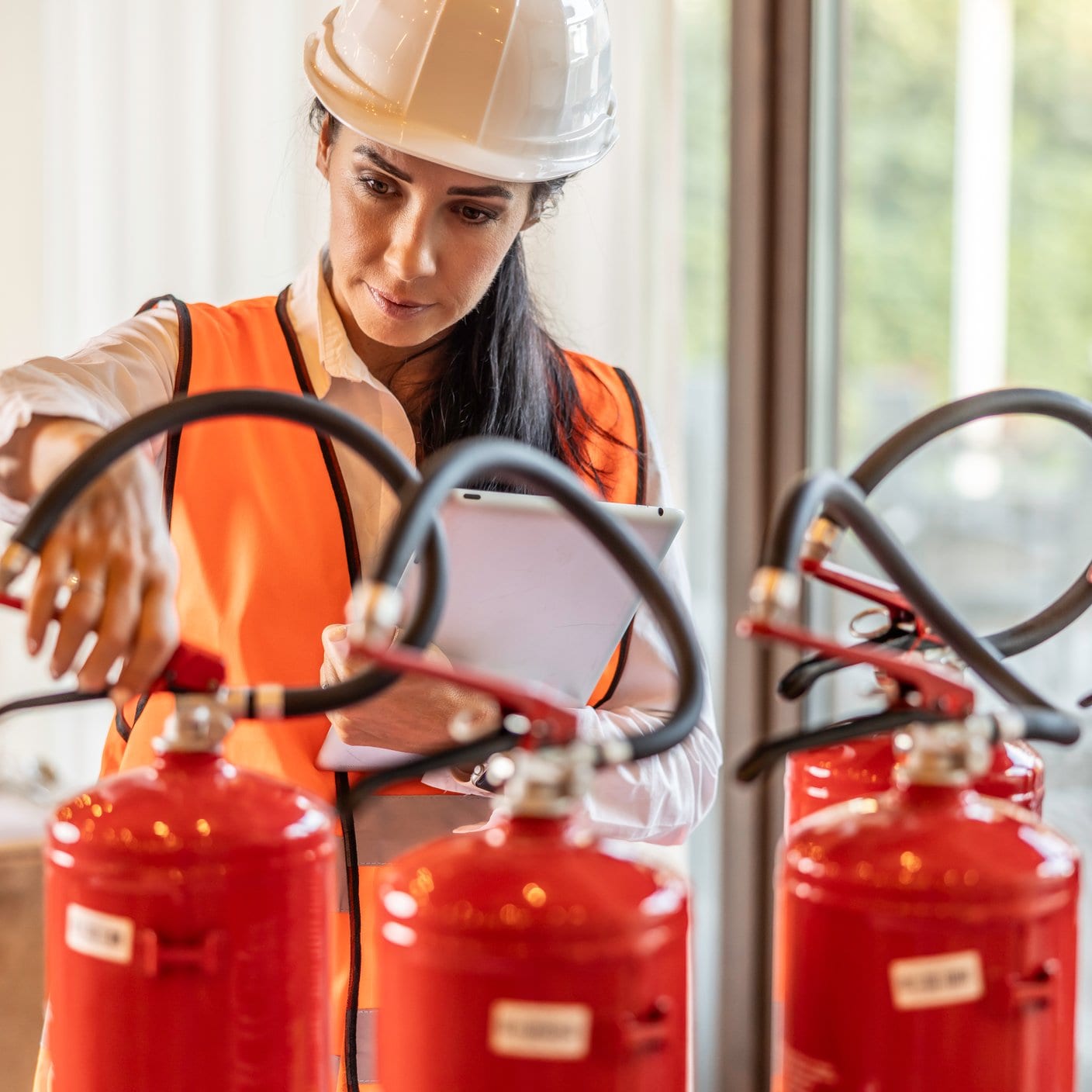Section 112 of the Clean Air Act (CAA) focuses on controlling emissions of hazardous air pollutants (HAPs). The CAA initially established a risk-based program, but the 1990 amendments significantly revised it to include technology-based standards known as Maximum Achievable Control Technology (MACT) standards for major sources and certain area sources of HAPs.
In addition, Section 112(c)(6) of the CAA requires the US Environmental Protection Agency (EPA) to identify and regulate source categories that emit 90% of the aggregate emissions of seven specific HAPs:
- Alkylated lead compounds
- Polycyclic organic matter (POM)
- Mercury
- Hexachlorobenzene
- Polychlorinated biphenyls (PCBs)
- 2,3,7,8-Tetrachlorodibenzofurans (TCDF)
- 2,3,7,8-Tetrachlorodibenzo-p-dioxin (TCDD)
Timeline
1995
In 1995, the EPA determined that facilities meeting the major source definition on the first substantive compliance date of an applicable major source MACT standard were required to continue to comply, even if the source subsequently became an area source, by taking physical or operational limitations on the source's capacity to emit. This position was commonly referred to as the “Once In, Always In” (OIAI) policy.
2015
On June 3, 2015, the EPA finalized a determination that it had established enough emissions standards under CAA Sections 112(d)(2) and 112(d)(4) to meet the requirement of Section 112(c)(6). Specifically, the agency confirmed that sources accounting for at least 90% of the aggregate emissions of seven specific HAPs were now subject to these regulatory standards.
2018
On January 25, 2018, the EPA issued a memorandum withdrawing the OIAI policy, and on November 19, 2020, the EPA formalized the withdrawal and codified that a major source can reclassify to area source status (major MACT to area, aka, MM2A) at any time upon reducing its emissions and potential to emit HAP to below the CAA Section 112 major source thresholds.
2023
On September 27, 2023, considering the potential increases in HAP emissions for MM2A sources and the special attention paid to the specific pollutants in CAA section 112(c)(6), the EPA sought comment on the following:
Restrictions on sources that are subject to a major source MACT and are included in the EPA's 90% list for any of the CAA Section 112(c)(6) HAPs from reclassifying from major to area source status.
Requiring sources subject to a major source MACT to remain subject to that MACT for emissions of the Section 112(c)(6) HAPs even if those sources reclassify and no longer remain subject to the major source MACT for emissions of non-112(c)(6) HAPs.
Allowing such sources to reclassify but requiring them to continue to employ the emission control methods required under the major source MACT requirements, including previously approved alternatives under the applicable MACT and associated monitoring, recordkeeping, and reporting.
Whether any other restrictions on sources or source categories emitting CAA Section 112(c)(6) HAPs may be warranted.
2024
In September 2024, the EPA issued a final rule amending the General Provisions of 40 Code of Federal Regulations (CFR) Part 63. The rule required that sources that were originally subject to MACT standards and used to meet the 90% emissions requirements outlined in CAA Section 112(c)(6) must continue to comply with those requirements even if they subsequently reclassify to area source status. Specifically, paragraph 40 CFR 63.1(c)(6)(iii) was added as follows:
After September 10, 2024, affected sources subject to the following 40 CFR part 63 subparts on September 10, 2024, must remain subject to those subparts, and any modifications thereafter, even if the source becomes an area source by reducing both its actual emissions and potential to emit hazardous air pollutants to below major source thresholds: F, G, H, I, L, R, X, CC, GG, II, JJ, KK, LL, MM, EEE, HHH, JJJ, LLL, RRR, UUU, FFFF, JJJJ, MMMM, PPPP, ZZZZ, CCCCC, DDDDD, FFFFF, IIIII, LLLLL, YYYYY, JJJJJJ, EEEEEEE.
The rule also independently amended reporting requirements for the submittal of confidential information and specified contents needed in reclassification notifications. The two actions of this ruling were noted as severable from one another.
2025 Updates
Since the final rule amendments in September 2024 and the start of the new administration in 2025, the Republican majority in Congress has opposed this rule for several reasons:
1. Regulatory burden: Critics argued that the rule imposed unnecessary and costly compliance requirements on facilities that had reduced emissions enough to qualify as area sources, viewing it as a disincentive for pollution-reduction efforts.
2. Overreach of EPA authority: Some lawmakers believed the EPA was overstepping its statutory authority under the CAA by mandating continued compliance with major source standards after reclassification.
3. Economic concerns: Industry groups and congressional allies claimed the rule would hurt the manufacturing and energy sectors, particularly in regions dependent on fossil fuels or heavy industry.
Congress used its authority under the Congressional Review Act to overturn this regulation through H.J.Res.79, making the rule legally void and preventing the EPA from issuing a substantially similar rule in the future without new legislation. The resolution was signed into law by President Trump on June 20, 2025.
Despite the Congressional disapproval of the 2024 amendments, the EPA has indicated that it is still assessing the implications of the 2020 rule. This includes:
- Evaluating whether reclassified sources might increase emissions after reclassification.
- Considering future regulatory options to ensure continued protection from HAPs.
- Reviewing public comments and statutory obligations under the CAA, especially Section 112(c)(6), which mandates action on specific toxic pollutants.
Visit BSI’s Experts Corner for more insights from industry experts. Subscribe to our Experts Corner-2-Go LinkedIn newsletter.








